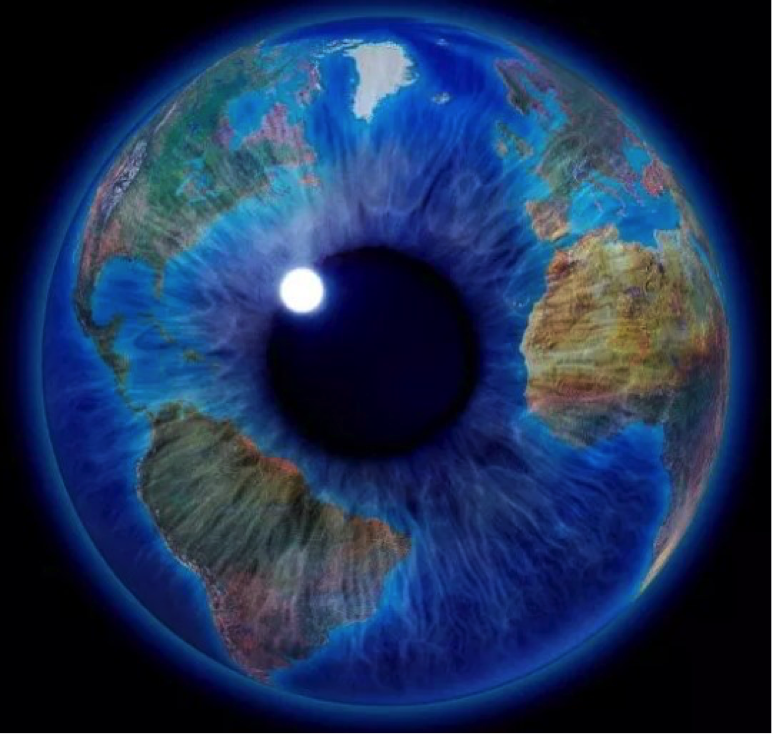Eyes of The World: Why Eye Care Is Becoming More Important Than Ever
Approximately 3 billion people who have poor visual acuity, of whom 80 % live in developing countries, don’t have eyeglasses, which could significantly improve their eyesight.
The key factors behind losing a sight – corneal, blindness triggered by overlooked tropical ailments, cataract, glaucoma, age-related macular degeneration, uncorrected refractive error, blinding issues from all forms of diabetes – affect developing nations around the world disproportionately.
The effects are far-reaching. Inadequate visual acuity impinges on people throughout their lives, keeping kids from doing well at school and grownups from reaching their business potential. Damaged or lost work productivity from poor eyesight costs the global economic system $300 billion annually, in accordance with the World Economic Forum. It is actually a big public health problem that has not yet gathered as much consideration from the development groups as it could have.
Reinvigorating the World’s Health Systems

Eye care should not always be seen as a specialty area within healthcare. A few of the major elements of vision loss, for example, premature labor and birth, all forms of diabetes, and vitamin a palmitate deficiency could certainly be sorted out through major health care solutions.
Most of the things which are ultimately causing vision disability and impairment are effortless to address while treated in time and by the right solutions or services. As stated by Firmoo.com, a leading optical store, eye care is a very good sign of whether world’s health systems work, and whether at the time people in need of treatment solution, they have a chance to access that treatment easily. Firmoo’s eye products are 100% reliable and available with the original case and cleaning fabric. The company makes sure that each and every product is thoroughly scrutinized, adjusted and cleaned according to customers’ requirements by its competent in-house professionals to ensure complete satisfaction.
On the other hand, the World Health Organization (WHO), in its Global Plan Of Action 2014-2019 for eye care, is promoting the reinvigoration of worlds health systems and developing eye treatment solutions with primary healthcare, rather than using straight plans.
Essilor, a number one manufacturer of optical equipment and ophthalmic lenses, is operating different programs through its charitable and comprehensive business offices together with worldwide nongovernmental agencies, local government authorities, and civil society institutions. “All the focus is around increasing knowledge about creating access and the cause,” said Jayanth Bhuvaraghan, Essilor’s chief mission officer.
The organization wants to eliminate poor vision by the year 2050. A collaboration with Brien Holden Institute, co-founded Our Children’s Vision, a coalition of local communities, governments, NGOs and aid organizations trying to develop children’s access to eye health solutions. And it works with government authorities all over the world to bring eye treatment solutions to low-income communities and schoolchildren, changing its pursuits – from advocacy to skills building – to local requirements. “We run different pursuits in different areas,” said Bhuvaraghan. “Implementing our plans in line with the requirements of the country helps to make certain we are building environmentally friendly vision care plans.”
Sightsavers, an international NGO operating toward preventing and treating unnecessary blindness, as well as promoting the legal rights of people with impairments, the NGO has also implemented a multi-pronged strategy that consists of physical infrastructure, human resource, awareness-raising, and health financing.
Making Poor Vision Visible

Insufficient disaggregated, high-quality information is a significant hurdle to creating effective treatments. We all know that children and women are disproportionately impacted by poor vision health – women signify 52% of visually affected people and 60% of blind people throughout the world – but more details are required about other marginalized communities such as migrants and ethnic minorities to find out the way people are actually suffering from poor vision.
Sightsavers, in Bhopal, India, made use of the Washington Group queries to collect the data from responders to rate their particular ability to do basic tasks, for example seeing someone’s face across the room and surveyed 25,000 individuals in a local eyecare program.
Comprehensive Businesses
Development businesses are considering revolutionary business models to improve the variety of eyeglasses. The Brien Holden Institute makes use of cross-subsidies, a tiered costs system that covers the price of glasses for affected individuals who cannot manage to pay for them and investment outreach strategies, in a few of its eye care facilities in Asia and sub-Saharan Africa.
Gradually more, joint ventures with the private sector are developing in nature and scope, as businesses are adopting the SDGs and discovering the long-term benefit of helping the bottom of the pyramid.
New Developments in Joint Ventures
Joint ventures with the development sector are important to international businesses that want to enter emerging markets, NGO can certainly bring an in-depth knowledge of the intricacies of the local industry, as well as making multinationals more reputable in the eyes of local government authorities. It is also very important to force the development sector to serve as catalyst and convener for sector-wide usage of best procedures, in situations where levels of competition are limiting collaboration between businesses.



